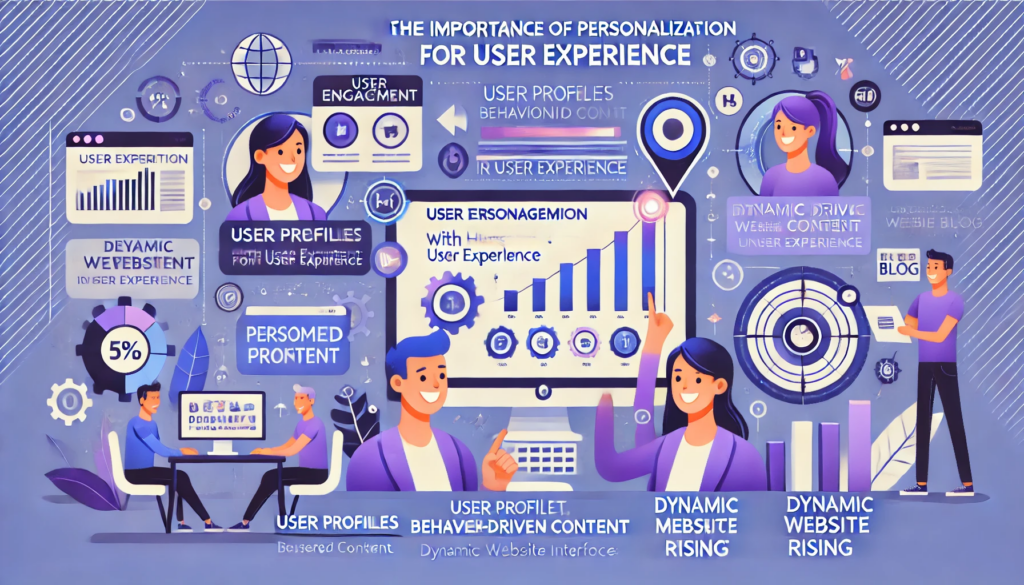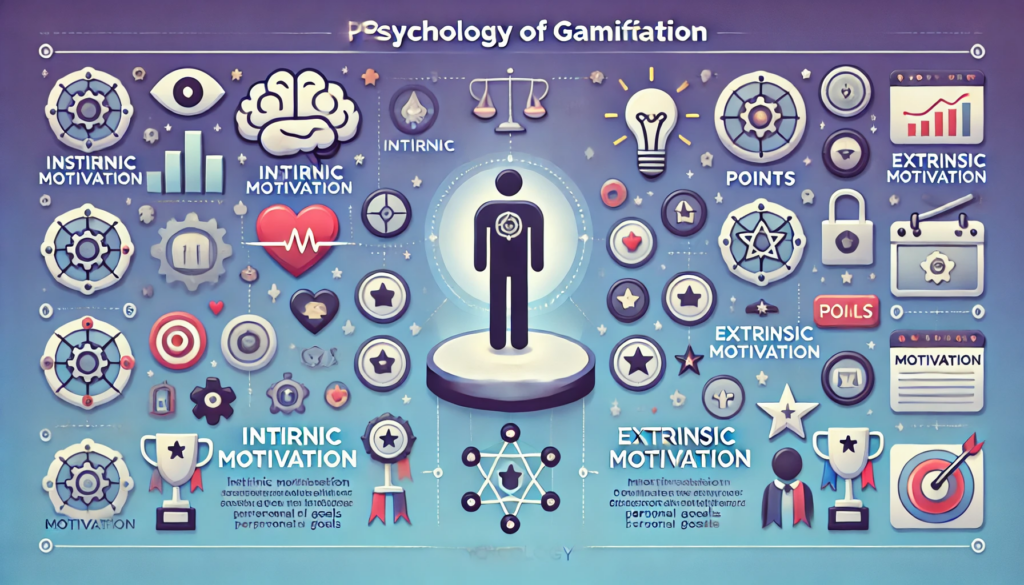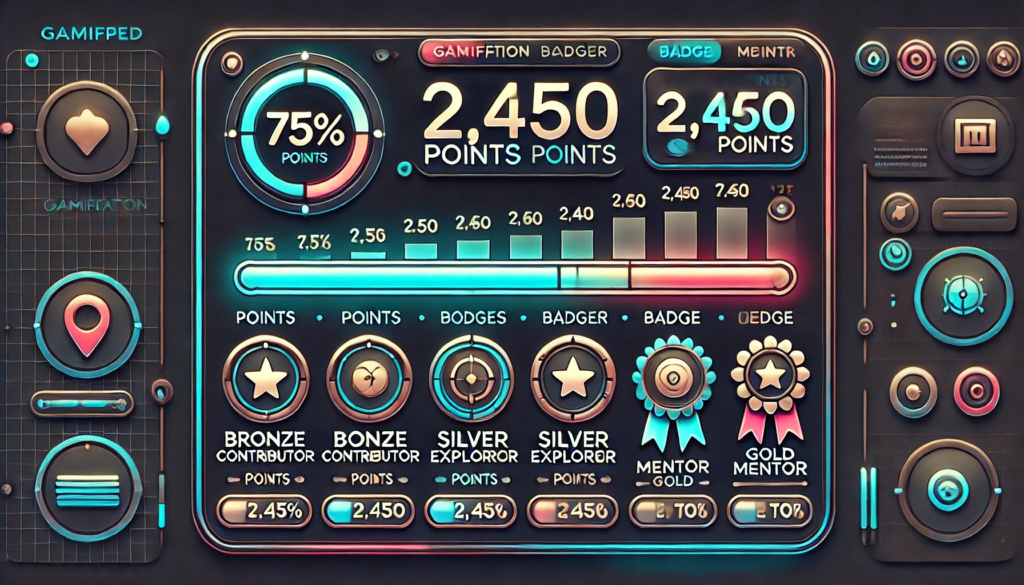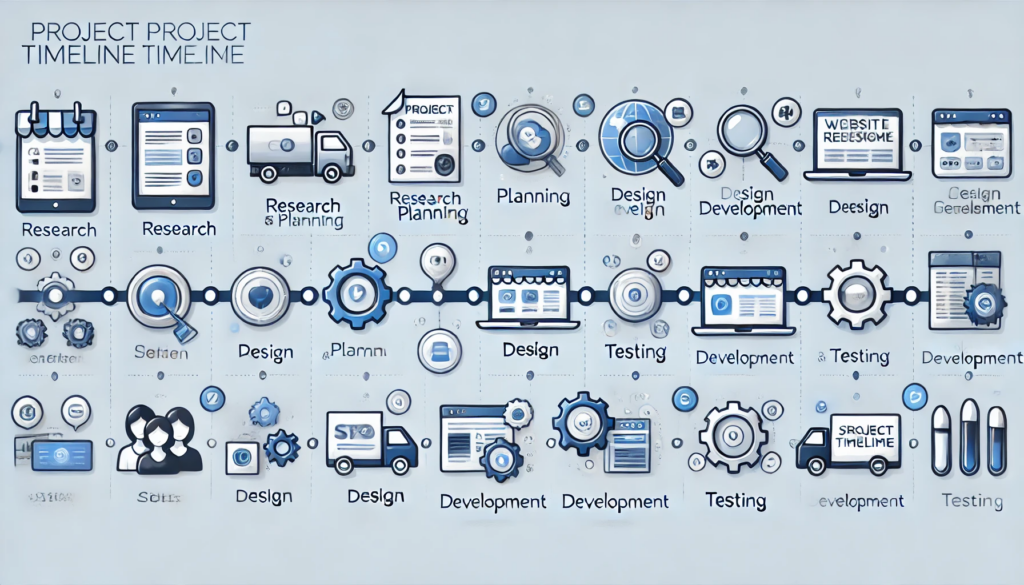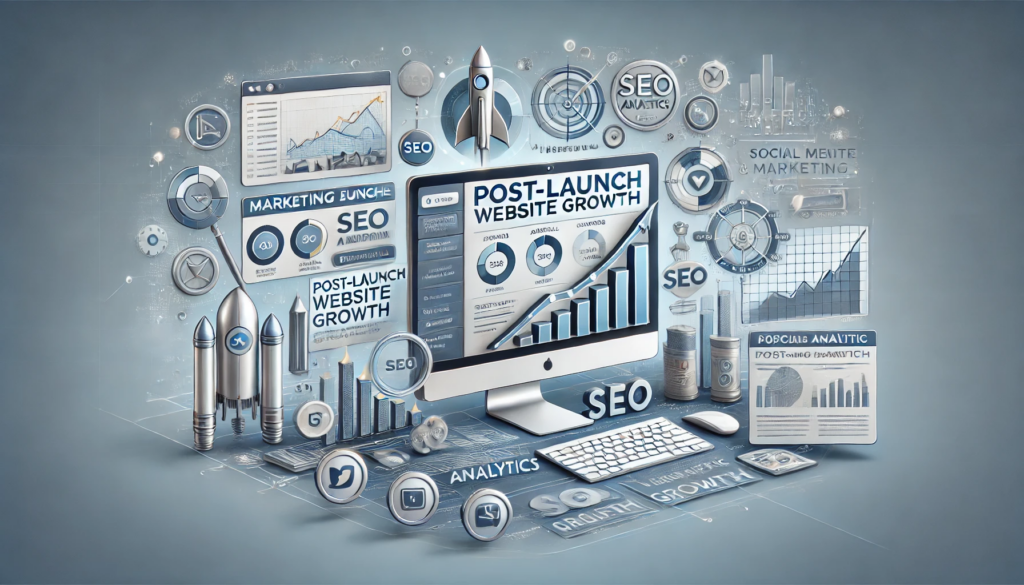Introduction: The Evolving Landscape of React

React has long been a driving force in front-end development, offering a powerful library that elegantly manages state and interfaces for sophisticated, data-driven applications. Over the years, developers have embraced the library’s many features designed for performance optimization, composability, and code reuse. Modern frameworks have rapidly adapted to the flux-like paradigms championed by React, and the ecosystem has grown remarkably with numerous tools and best practices. Yet, even seasoned developers occasionally wrestle with intricate optimization challenges, especially in applications that involve large data sets, complex user interactions, or high-frequency updates.
React’s team has consistently tackled these issues by adding new features or refining existing ones. Hooks revolutionized the way developers wrote functional components, offering an expressive and straightforward syntax for handling state and lifecycle events. Among these Hooks, useMemo and useCallback stood out as indispensable for performance-sensitive applications, allowing developers to cache values and preserve function references. However, rumors have swirled about an even more groundbreaking shift in future versions of React, specifically around its handling of memoization. The upcoming React 19 promises to rethink the entire concept of caching computations within functional components, suggesting that the manual usage of useMemo and useCallback might one day become optional—or even obsolete.
This looming development is generating plenty of buzz. If React 19 truly renders useMemo and useCallback redundant, what does that mean for the many applications and libraries built around them? How will you adapt your codebase to this new reality? In this post, we examine the fundamentals behind React’s memoization approach, discuss what the shift toward a built-in automatic caching mechanism might look like, and explore how to prepare your software for these potential changes. Our focus will be on practical steps you can take now to simplify the transition, ensuring that your React projects remain robust and high-performing. And if you find the ever-changing web landscape overwhelming, remember that vadimages stands ready to offer professional development services and consultancy, leveraging deep expertise in React and other cutting-edge technologies.
We’ve seen similar transformations before in the React community, whether it was the phasing out of class components or the evolution of context handling. In many cases, these transitions were surprisingly smooth for developers who stayed informed and planned carefully. Although React 19 remains on the horizon at the time of writing, it’s never too soon to understand the rationale behind possible new features, experiment with provisional APIs, and refine best practices in anticipation of official release notes. In the sections that follow, we will look at the existing limitations of useMemo and useCallback, the potential automatic memoization approach rumored to be part of React 19, and the best strategies to future-proof your applications.
The Promise of React 19’s Memoization

Central to understanding React 19’s rumored new memoization strategy is acknowledging the limitations of the existing approach. When useMemo or useCallback is applied, developers must specify dependency arrays to control when cached values or memoized functions should be recomputed. This often leads to subtle bugs if a developer forgets to include the right dependencies or inadvertently triggers frequent recalculations. It can also create performance blind spots, because manually specifying dependencies for multiple components across a large application can be error-prone and, in some cases, more trouble than it is worth.
React’s current model requires the developer to be meticulous about deciding which computations or functions deserve memoization. Meanwhile, not every function truly needs to be cached, so mixing and matching these Hooks can lead to code clutter that is hard for new team members to decipher. The concept of “over-optimization” arises when developers insert useMemo and useCallback everywhere, believing it to be beneficial but inadvertently introducing overhead in the form of scoping and memory usage. Another nuance is that the real cost of using or not using these Hooks often depends on the size of the React tree and the amount of prop drilling, so universal best practices can be difficult to pin down.
With a potential automatic or compiler-assisted memoization system in React 19, the library might detect pure computations and stable function references, handling caching under the hood. This approach aligns with the library’s broader philosophy of removing boilerplate in favor of conventions that yield better performance out of the box. No longer would developers need to frequently sprinkle useMemo or useCallback throughout their code to prevent re-renders. Instead, React could analyze component behavior, usage patterns, and data flow, then intelligently cache results and references at the framework level. This shift could also reduce the risk of incorrectly implemented dependency arrays, which is a source of subtle bugs in many codebases today.
Yet, such a sweeping change also raises questions. Will these automatic optimizations handle all edge cases, including asynchronous operations or frequently updated states? How will library authors integrate with this new mechanism without losing control over performance-critical code paths? What if a developer still wants fine-grained control for particularly tricky computations? The React team has historically demonstrated caution with major updates, as evidenced by the progressive migrations for context, concurrency features, and Hooks themselves. We can reasonably expect a period of gradual adoption and thorough documentation before everyone decides that useMemo and useCallback can finally be retired.
That said, if you are thinking about your own codebase and how best to prepare, you have good reason to be optimistic. The React ecosystem thrives on small, well-tested libraries and best practices that are relatively easy to adopt. Third-party packages specializing in performance optimization or advanced hooking strategies may release updated versions to integrate with React 19’s approach. Existing components might still work seamlessly in the new environment if they follow conventional usage patterns, though it’s too early to guarantee that. In any case, the overall promise is that React 19’s new memoization model will simplify your day-to-day coding, reduce the risk of performance pitfalls, and contribute to a more intuitive developer experience.
Adapting Your Codebase: A Step-by-Step Approach
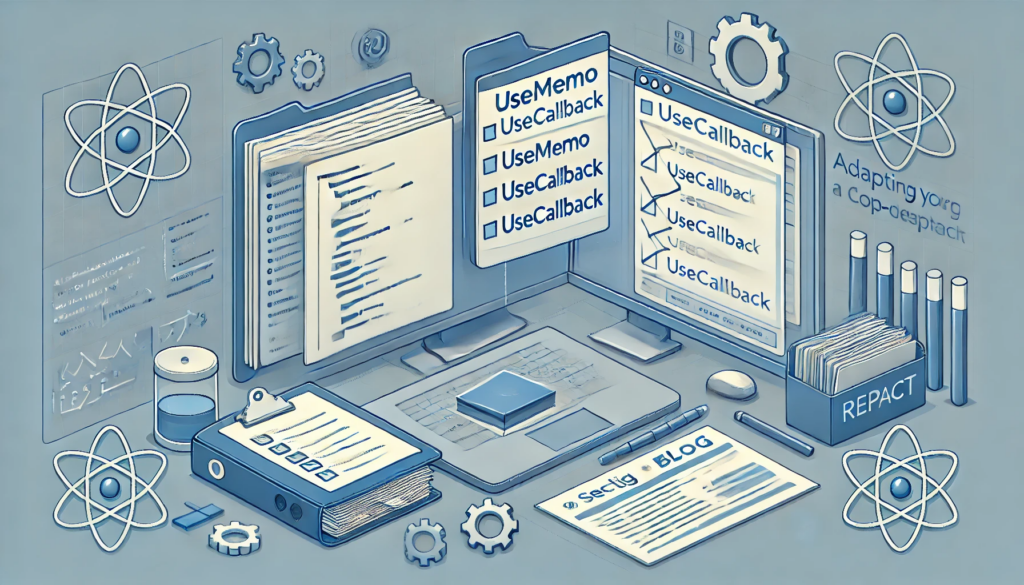
Preparation is often the key to successful upgrades, particularly when you’re dealing with a technology that underpins critical features of your web applications. Many steps you take in readiness for the rumored React 19 memoization enhancements will also benefit your software’s stability and maintainability in the present. By focusing on code cleanliness, testing, type consistency, and clear separation of concerns, you lay a strong foundation for seamlessly integrating new optimization paradigms.
Begin by auditing your code for places where you rely heavily on useMemo and useCallback. It’s a good practice to take a careful look at your largest or most complex components, where you’ve likely introduced these Hooks to reduce the number of re-renders. Ask yourself whether the computations you’re memoizing genuinely add overhead when re-run. If your data sets are fairly small or the computations themselves are trivial, you might find you can remove some useMemo instances without significantly affecting performance. Doing so can simplify your code now and make eventual migration to automatic memoization easier.
Consider also how your application is structured. If you rely on a large amount of prop drilling, you might be overusing memoization to avoid triggering re-renders in deeply nested child components. Adopting patterns like React’s Context API or more robust state management solutions could reduce the complexity of your tree, thus minimizing your dependence on Hooks like useCallback. If React 19 introduces a more global approach to caching functional references, having a cleaner component hierarchy will almost certainly streamline the process. This step also reduces confusion for new developers joining your team who may not be intimately familiar with every custom Hook or optimization trick you’ve employed.
You might also investigate your test coverage. Automated testing ensures that when you remove or refactor these memoization Hooks, your application’s core logic remains stable. If you have a comprehensive test suite—covering functional, integration, and even performance scenarios—then you can proceed with more confidence when exploring new optimization approaches. Consider adding performance metrics if you haven’t already. Tools like React Profiler or third-party libraries can provide insights into how frequently specific components re-render, helping you see precisely where removing or modifying a Hook might create performance regressions.
Another angle to consider is the broader JavaScript ecosystem. Some bundlers, compilers, or code analyzers might offer advanced transformations that complement React’s approach to memoization. For instance, if React 19 eventually supports certain compiler-level hints, you may find that updating your build pipeline becomes part of the upgrade process. You can already start experimenting with build tool settings or Babel plugins that provide partial code transformations. This experimentation can reveal potential pitfalls and clarify how React might manage caching for your components.
Finally, keep a close eye on official releases, alpha tests, or community-driven experiments related to React 19. Participate in discussions, read release notes carefully, and follow the blog posts or social media updates from the React core team. Early adopters often share real-world experiences, code samples, and solutions to edge cases. This collective knowledge can save you hours of debugging, especially if you rely on specialized libraries or patterns that might need direct support from the React community. And as you do all this, remember that professional support can be invaluable. That’s where vadimages steps into the picture, offering a full suite of web development services. With expertise in the React ecosystem, vadimages can provide hands-on assistance in optimizing your code, preparing for upcoming changes, and customizing solutions that keep you at the forefront of modern front-end development.
Because anticipating future changes can sometimes feel abstract, we’ve prepared a simple yet informative graphic to help you conceptualize how the new memoization model might fit into your project. The graphic outlines a sample data flow in a hypothetical React 19 environment. It shows how computations that would ordinarily be manually memoized through useMemo become automatically recognized as stable by the React compiler. By visualizing these relationships, you’ll see how caching no longer demands extra steps in your code, freeing you to focus on the more creative aspects of component design and application logic.
The Future with React 19 and Vadimages

The imminent transformation in React’s memoization strategy presents an exciting opportunity for developers looking to streamline their code, enhance performance, and reduce the mental overhead of manual caching. Even though there is plenty of speculation around React 19, what remains constant is the framework’s steady evolution toward a more declarative and less boilerplate-heavy paradigm. If automatic memoization becomes a reality, you can likely look forward to a development workflow that is more intuitive, less error-prone, and better aligned with modern web application demands.
However, embracing these changes effectively requires more than just technical skill. It involves staying informed through official announcements, community discussions, and experimental builds. It involves conducting thorough audits of existing code, adopting best practices that reduce unnecessary complexity, and maintaining robust test coverage. And it involves preparing your teams and clients for the benefits that a more automated approach to memoization can provide, from smoother user experiences to maintainable codebases that scale gracefully.
Vadimages stands ready to assist you through each stage of this evolution. Specializing in advanced web development and consultancy, vadimages offers a wealth of experience in React and other leading frameworks. Our mission is to help businesses, teams, and solo developers adapt and thrive, whether that means refactoring large, legacy applications or crafting sleek, modern user interfaces from scratch. If you find yourself pondering how best to incorporate future React features into your existing roadmap, or if you’re already itching to experiment with the patterns likely to emerge in React 19, we encourage you to connect with the vadimages team. Through collaborative planning, hands-on coding support, and informed technical guidance, we ensure that your software remains robust, forward-facing, and primed for the innovations yet to come.
In the wider context of front-end technology, these changes underscore the ongoing drive toward more intelligent frameworks and build systems. As the boundaries between compiler-level optimizations and runtime logic blur, developers can expect less boilerplate and more focus on crafting meaningful user experiences. Where once we had to manually handle every performance edge case, we are moving closer to a world where frameworks handle these details by default, bridging the gap between easy development and high-performance rendering. It’s a significant leap toward a simpler, more elegant model of writing front-end code, one that stands to benefit both seasoned professionals and those just entering the field.
The journey toward React 19’s advanced memoization features is a testament to the React team’s willingness to evolve, sometimes radically, while retaining the core ideals that made React popular in the first place. The transition from class components to Hooks was just the beginning. Now, with a potential shift away from manual caching strategies, developers can anticipate a streamlined environment where performance is more automatic, concerns about re-renders are less pervasive, and code is cleaner and more maintainable. These improvements, coupled with professional guidance from experts like the team at vadimages, mean there has never been a better time to start planning for the React of tomorrow. Adjust your codebase, expand your knowledge, and get ready for a future in which writing high-performance React applications is simpler than ever.
As you contemplate your next steps, keep in mind that the path to React 19 does not require perfection or the immediate removal of all existing optimizations. The best approach is one of informed, gradual adaptation, ensuring that each change you make aligns with your application’s goals and performance requirements. If you’re eager to begin this process or simply want to learn more about React’s evolving capabilities, vadimages welcomes the opportunity to guide you. Visit our website to explore our services, case studies, and expert insights on modern web development. We’re passionate about helping you stay on the cutting edge of technology, and we look forward to forging a brighter, more efficient future for your software—together.








